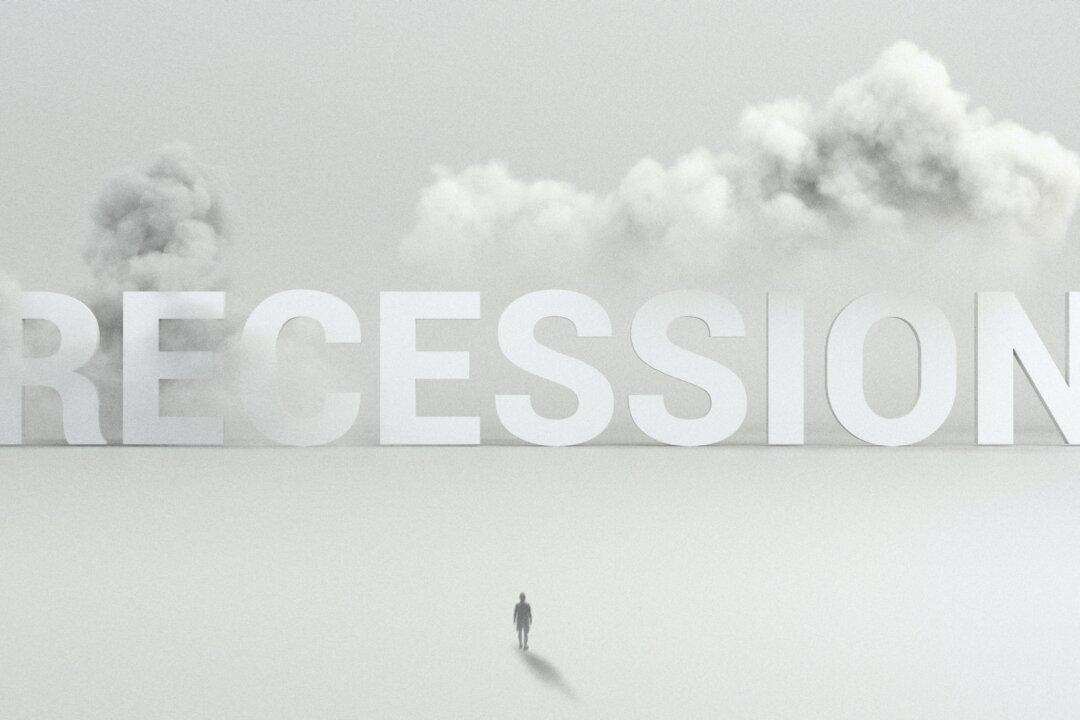Commentary
For years now, we’ve heard predictions of an impending recession. The word now is that it never came and is now no longer a threat. That’s what you will read in the entire business press. So just relax!

For years now, we’ve heard predictions of an impending recession. The word now is that it never came and is now no longer a threat. That’s what you will read in the entire business press. So just relax!